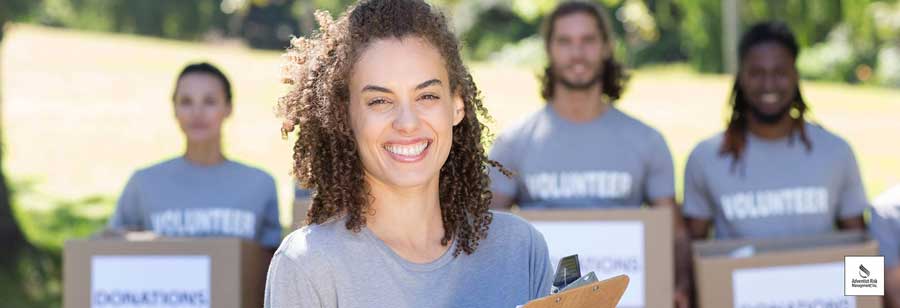A few months ago, I agreed to volunteer with a school’s community service outing. In the week leading up to the event, I reached out to the coordinators for details, to adequately prepare for the outing. I only received vague answers each time I asked for specifics. So on the day of the outing, I hoped and prayed for the best as I made my way to the meeting point.
Upon arrival, I realized I wasn’t the only one unsure of the details. The teens and other volunteer chaperones participating also had questions about transportation, the length of the activity, the list of participants, and permission slips for the teens. Thankfully, the outing began and ended incident free. But some accidents could have occurred. Here are several items you should consider to avoid a community service event crisis.
If you are the volunteering organization:
1. ResearchDo your research to answer fundamental questions. How long do you expect the event to take? Do you have a contact or point person at the location to help coordinate details? What are the risks involved? How large is your group? How many coordinators or volunteers are needed?
2. Pre-Event Orientation and Training
Create an outline of the day’s events and the tasks to be completed by the volunteer participants according to skill level. This pre-assignment will help avoid injury both to the volunteer and the one receiving service. If any training is necessary, take this time to make sure that is taken care of as well.
3. A Set Emergency Plan
Is there a medical emergency? Is there a missing participant? Did a negative situation occur on the way to or from the service site? Did something negative happen at the service site? Each person taking part in the event should clearly understand the emergency plan and who to contact should any crisis occur. Decide what steps to take in the event of each crisis and brief all those involved.
Additionally, take proactive steps to avoid liabilities. Financially protect your volunteers should an injury occur during the event. Talk with your Adventist Risk Management, Inc. (ARM) account executive to find out more about volunteer labor insurance.
If you are the organization hosting the volunteers:
1. Get in contact with the volunteering organizationSet up a time to either call or meet with the leaders of the organization that will be providing services. Review the schedule for the day they will come to your site. Inform them of any special training, preparation, or orientation necessary before arriving at your facility. Is there a particular area where volunteers should stay? Are there any “No Entry” zones? Discuss all the details, no matter how small. Explain your emergency plan in the event a crisis occurs and be sure you are aware of the organization’s emergency plan as well.
2. Confer with your Conference or ARM account executive
Discuss the details of the community service event with your Conference or ARM account executive, and explain the activities that will be conducted. These individuals can help you determine what you should do as an organization to ensure that your members are safe and protected in the event a volunteer causes an injury or crisis.
3. Evaluate the event once it is complete
Evaluate the event with both the volunteering organization and with your organization’s leaders. How did it go? Were there any emergencies or injuries? Was any equipment or property broken or damaged? If needed, contact the ARM claims department as soon as you become aware of any situation that warrants a claim. The sooner you submit your claim, the smoother the process will be.
Follow these steps to help your church or school community service outing be a safe and successful event, and to ensure the protection of all those involved. For more information on safety practices, visit ARM’s School Safety page or ARM’s Church Safety page.


